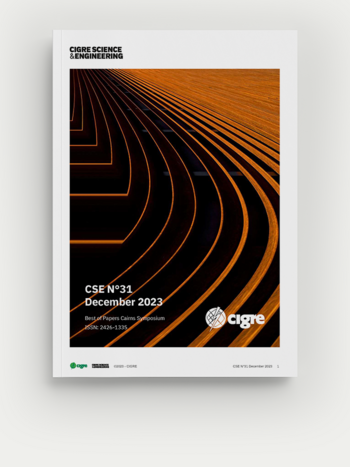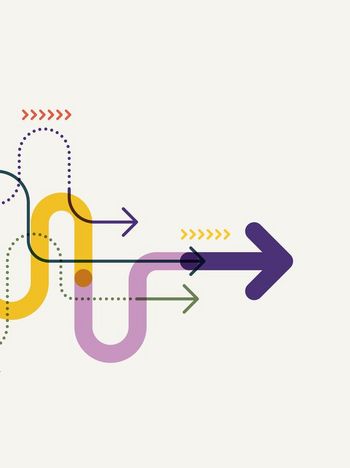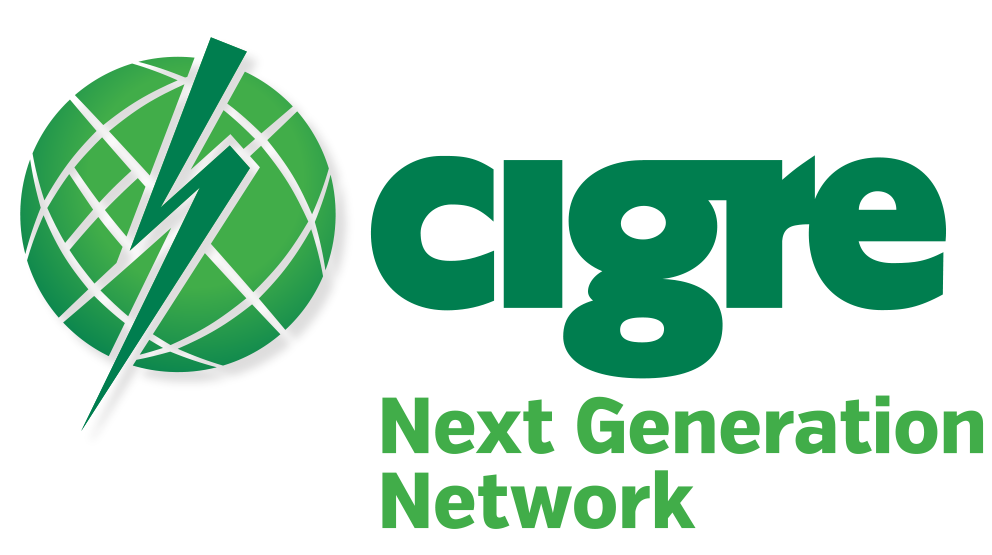CIGRE NGN - Webinar on market readiness for 132 kV offshore wind farms
NGN Germany and NGN Netherlands identified many advantages as well as challenges but no showstoppers for using higher offshore wind farm voltage level


The Next Generation Network (NGN) aims to facilitate a successful transition into the power systems industry for early-career professionals and students by providing technical resources and networking opportunities for personal and technical development. Therefore, the NGN organizes webinars, networking possibilities, is present on conferences and trade fairs and actively participates in technical working group discussions.
As part of this overall goal, NGN Germany and NGN Netherlands jointly organized a webinar on the topic of “Market readiness for 132 kV offshore wind farms” that took place on 9th February 2023. This subject was selected because the development of inter array cables (IAC) for voltage levels higher than 66 kV for the connection of offshore wind farms is of increasing relevance for the entire industry.
Four expert speakers were invited and gave insights from different angles to the topic and were available for discussions on current developments, technical implications, risks and opportunities for 132 kV IAC. The four speakers Frank de Wild (Business Director & Senior Principal Consultant - Power Cables, DNV NL), Niels Diepeveen (Offshore Project Developer, TenneT NL), Leonard Weimer (Application Engineer CoC Offshore, Hitachi Energy) and Bethany White (Associate, Offshore Wind, Carbon Trust) presented the following:
- Frank de Wild, DNV: Our perspective on 132 kV array cables
- Niels Diepeveen, TenneT NL: 132kV – Why Not? 2GW Array Voltage Level Re-evaluation
- Leonard Weimar, Hitachi: 132kV as a new standard - advantages for offshore energy transmission system - an OEM perspective
- Bethany White, Carbon Trust: Unlocking the next generation of offshore wind: Rationale for 132 kV and de risking the transition
More than 270 people from Industry and Academia from multiple countries registered for the webinar, resulting in a lively discussion and a successful cross-country event.
From all presentations, the increasing offshore wind farm (OWF) and wind turbine generator (WTG) sizes were identified, which motivates the investigation of higher voltage levels for OWFs. In this context, several advantages of new inter-array cable (IAC) voltages were found including:
- Lower current on components and lower array losses.
- Lower typical short circuit levels.
- Possibility for larger distance for direct connection of OWFs without an Offshore Substation (OSS).
- More WTGs can be connected per string, but less cable length, strings and J-tubes are required overall.
- More flexibility for infield cable layout.
- Overall footprint reduction and less environmental impact.
- Cost saving potential in CAPEX and OPEX leading to overall levelized cost of electricity (LCOE) reduction.
Along with benefits, higher IAC voltage levels also come with various challenges and risks as presented during the webinar, including:
- Changes on nearly complete primary power transmission system are introduced.
- No long track record of lead-free cables and 132 kV cable connectors available.
- Unproven reliability and lifetime of 132 kV cables.
- Large scale manufacturing capacities are required but some larger manufacturers can already provide lead sheathed HVAC submarine power cables using manufacturing lines with existing qualifications for export cables. Other manufacturing companies will need to develop their factories to a higher extent.
- Installation methods and testing standards of 132 kV cables need to be developed.
- WTG gas insulated switchgear (GIS) & transformer size increase required and little experience available.
- Investigation of WTG reactive power control is needed.
- Larger auxiliary transformers (132 kV to 400 V) need to be utilized.
- Regarding circuit breakers, current GIS designs are not sufficient for 132kV and SF6-free technology not pre-qualified for these higher voltage levels. Therefore, either a new solution needs to be engineered or SF6 technology needs to be utilized.
- In general, cost uncertainty is present for 132 kV cables, switchgear and turbines.
In summary, the challenges explained above have been presented as topics that need to be studied and developed in detail but not as show stoppers as such for higher voltage levels. Therefore, a clear industry consensus that higher IAC voltages are likely to be used for OWF connections in the future has been identified. More precisely, 132 kV is being seen by the majority as the next array voltage level. However, the operational readiness seems to be more spread out between 2024 and 2032 with expectations for first investment decisions on 132 kV windfarms expected mid 2020s. In addition, from industry expectations, the assumption is that 132 kV windfarms will be commissioned and operational late 2020s.
As the development of higher inter array voltage connections for offshore wind farms offers many benefits and the identified challenges are considered to be overcome, the industry is likely to move to 132 kV IAC voltage levels. To efficiently overcome the challenges and to create guidelines and standards for the realization of higher voltage levels, CIGRE will play and has already played an important role. For example, a CIGRE Task Force was set up in 2022 for 132 kV array cables to better define the terms of reference for the new developments. To follow-up from the progress of the task force, a proposal for a new CIGRE Working Group is planned to be put forward in 2023. In general, industry sees that CIGRE support will be important for the development of new qualification standards.
All presentations and Q&A of the webinar can be accessed on eCIGRE.
Banner & thumbnail credit: Photo by Nicholas Doherty on Unsplash










